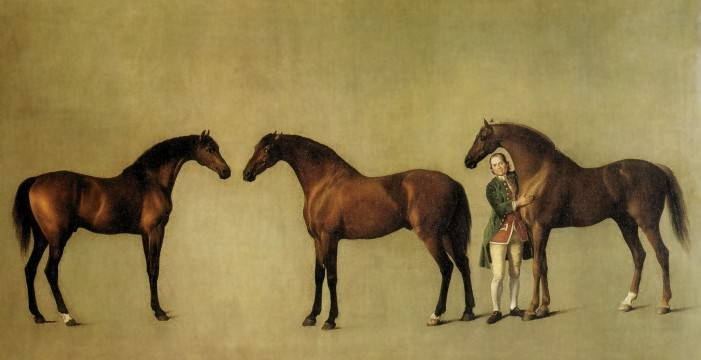Eighteenth-century British art is frequently misrepresented and misunderstood. Closely associated with the lesser genres of painting, such as portraiture or equestrian art, it is easy to caricature as a rather narrow field of activity – the small and servile art of painting milord’s wife, his horse and his dog. What such a limited view of the subject fails to account for, however, is the extraordinary ambition and entrepreneurial spirit of leading eighteenth-century British artists, and the heroic nature of their struggle to enlarge the taste of the aristocrats for whom they were bound, by financial necessity, to work.
From 1768 onwards, speaking from the pulpit of the newly established Royal Academy, Sir Joshua Reynolds preached the possibility of a British Renaissance. It was time, he said, for the native artist to throw off the shackles of the past and to defy the iconoclastic legacy of the Reformation – which had removed the possibility of large-scale commissions from the Church, thereby cutting the British artist off from the grand tradition of biblical narrative painting that had nurtured the careers of so many great European artists, from Raphael to Caravaggio, from Rembrandt to Velazquez, and beyond. Reynolds encouraged British artists to raise their sights, to paint subjects drawn from history and mythology and the Bible and to emulate the masters of the Italian Renaissance, above all Michelangelo. In truth, this was never very realistic. The Church of England remained reluctant to commission religious pictures (a scheme for decorating St Paul’s Cathedral fell through, to Reynolds’s great disappointment, in the 1760s); and while the aristocracy might purchase narrative paintings by the Old Masters on their travels in Europe, they expected the contemporary British painter to be content with merely producing likenesses of themselves, their families, their estates and their possessions.
Reynolds could not...

Stubbs and the Horse at The National Gallery 2005
03-07-2005

